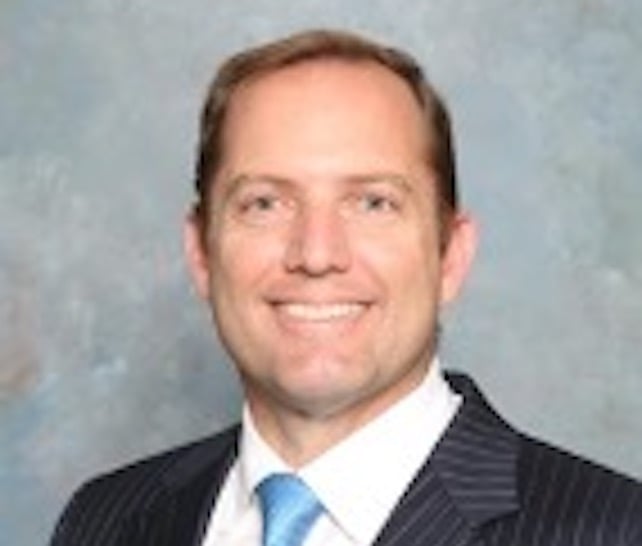We’re living through one of the most explosive periods of economic growth in recent history. After the pandemic shuttered storefronts and stalled the economy, businesses both small and large are today roaring back into action.
I think that’s especially true for credit unions. Credit unions have always been the financial industry’s best-kept secret. But right now, Americans are saving more money than they ever have, and many are willing to switch financial institutions in pursuit of better flexibility or rates.
Credit unions can leverage these general economic and consumer trends to build their businesses and expand their operations. If your credit union is looking to grow your physical presence in a new market, you need to know what to look for in a new location.
With that in mind, here are three tips to help you plan while expanding your business.
1. Go where you’re wanted.
Not all states, cities and towns are equal when it comes to supporting new businesses. Many are so mired in complicated procedures, regulations and policies that it’s downright frustrating for an expanding business to build. You might think it’ll be worth it in the end to jump through all the hoops. But the truth is, it doesn’t have to be that way.
Plenty of state and local governments are going out of their way to incentivize new business growth. Whether through tax breaks, grant initiatives, or even funding for employee training programs, some local leaders know how to make expanding your business easier and more cost-effective for you.
When we were looking to expand at PenFed, we settled on Texas mostly because of a number of incredibly generous incentives programs available there, like the Texas Enterprise Fund. You don’t have to fight an uphill battle with local officials; go where you’re wanted, and you will reap the rewards.
2. Build where people want to live and work.
It’s almost a guarantee that some sort of remote work or hybrid work environment will be with us for a long time to come. But that doesn’t mean you should simply build where it’s cheapest and hope for a remote workforce to fill your employee roster. In-office work is and will remain crucial, and people genuinely want to have some sort of face-to-face contact with their coworkers and supervisors.
For this reason, it’s important to try to expand to where people want to live and work. A new office can flourish best and retain the most employee talent if it’s based in an area that attracts people.
PenFed, for example, is based in Tysons Corner, Virginia, an area that has been experiencing rapid population growth and higher-than-average office growth over the last 10 years. That kind of environment has been a huge boon to our business; we know we can draw on a rich pool of employee talent from the surrounding area to select for new positions and grow.
3. Expand to where you want to invest.
Lastly, business growth is never just about business – it’s also about people and places. The decision to build a new office or branch is a big one, and it will have repercussions in the local community for years to come. By expanding, you are choosing to invest in a new locale, and that locale should be a place that you, your employees, and your members want to see investment in.
There’s nothing quite like feeling as if you’re an integral part of a community. Credit unions, in particular, are designed to put their members – and their communities – first. To me, a big part of that means always having a vision for how your next business expansion will build back in the local community and integrate your business with the environment. Expand to invest in people, not just your bottom line.







